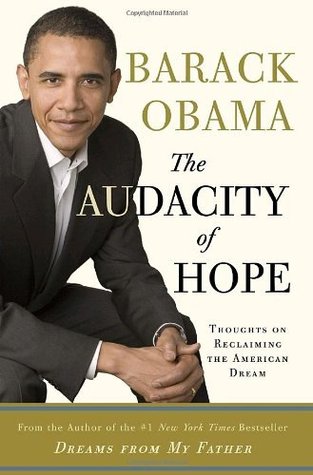Still, there’s no denying that American politics in the post–World War II years was far less ideological—and the meaning of party affiliation far more amorphous—than it is today. The Democratic coalition that controlled Congress through most of those years was an amalgam of Northern liberals like Hubert Humphrey, conservative Southern Democrats like James Eastland, and whatever loyalists the big-city machines cared to elevate. What held this coalition together was the economic populism of the New Deal—a vision of fair wages and benefits, patronage and public works, and an ever-rising standard
...more
Welcome back. Just a moment while we sign you in to your Goodreads account.


